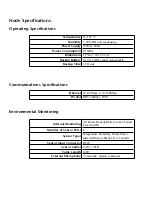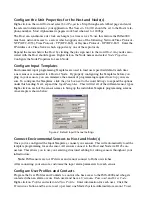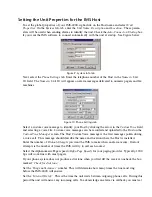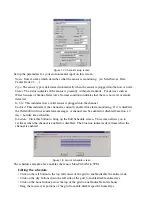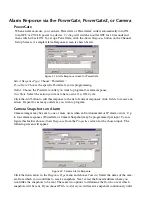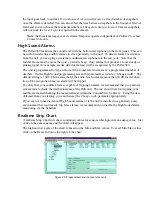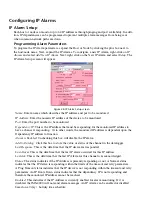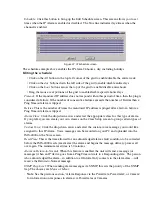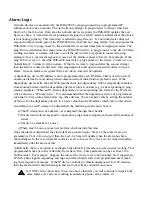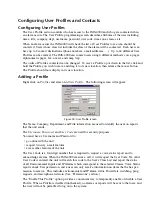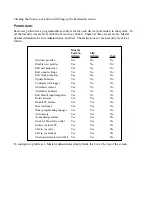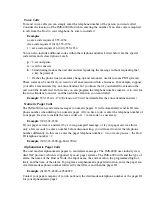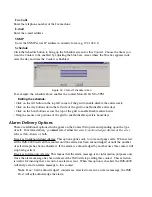
Channel Enabled:
This box provides a simple means to enable or disable a sensor channel.
Add to Datalog
: Click this box to store the value or status of the channel in the datalogger.
Value
: This is the current value of the sensor connected to the channel. (only valid for analog
sensor types).
Min
: This is the minimum value reached by the sensor since it was connected to the unit.
Max
: This is the maximum value reached by the sensor since it was connected to the unit.
Calibration
: Enter a positive or negative offset in this field to calibrate the sensor value.
High Limit
: Enter the sensor high alarm limit in this field. When the value exceeds this limit for
the duration of the recognition time, and if the channel is enabled, an alarm will be tripped.
Low Limit
: Enter the sensor low alarm limit in this field. When the value falls below this limit for
the duration of the recognition time, and if the channel is enabled, an alarm will be tripped.
Alarm Class
: Click the drop down arrow and select the appropriate class for this sensor/channel.
If you prefer you can create your own classes on the Class Setup screen.
Figure 19: Alarm Class dropdown menu
Custom Voice
: Click the drop down arrow and select the custom voice message you would like
assigned to this sensor/channel. Voice messages can be recorded on your PC and uploaded
into the IMS-4000 on the Custom Voice Manager screen (See Recording and Uploading Voice
Messages).
Figure 20: Custom Voice dropdown menu
Wait (Recognition) Time
: This is the time required for a fault condition to qualify as an alarm
event. The sensor/channel must remain beyond the limits or in a fault condition continuously for
this entire period of time in order to become an alarm.
Reset Time
: This is the time allowed for an acknowledged alarm’s fault condition to be corrected
before the IMS-4000 resets (reactivates) the alarm and begins the message delivery process all
over again. The minimum reset time is 30 minutes.
Alarm on Return to Normal
: This feature makes the unit send a message (or messages) when a
condition has moved within its programmed alarm limits or has gone from an alarm state to a
Normal state. The person who acknowledged the alarm—in addition to all
Inform Only
contacts
in the alarm class—will receive the message.
SNMP Trap Level
: When sending alarm messages via SNMP, this sets the priority of the SNMP
trap. The choices are
Major
or
Minor
.
Chapter 2: Software
51
Содержание Sensaphone IMS-4000
Страница 1: ...IMS 4000 User s Manual Version 2 4 8 PHONETICS INC SENSAPHONE ...
Страница 44: ......
Страница 59: ......
Страница 60: ......
Страница 102: ......
Страница 106: ...IMS 4000 Manual 106 ...
Страница 135: ...Chapter 7 IMS 4000 Sensors 135 ...
Страница 146: ...IMS 4000 Manual 146 ...
Страница 148: ...IMS 4000 Manual 148 ...
Страница 158: ...IMS 4000 Manual 158 ...
Страница 159: ...159 ...
Страница 160: ...IMS 4000 Host Installation Manual 160 ...


